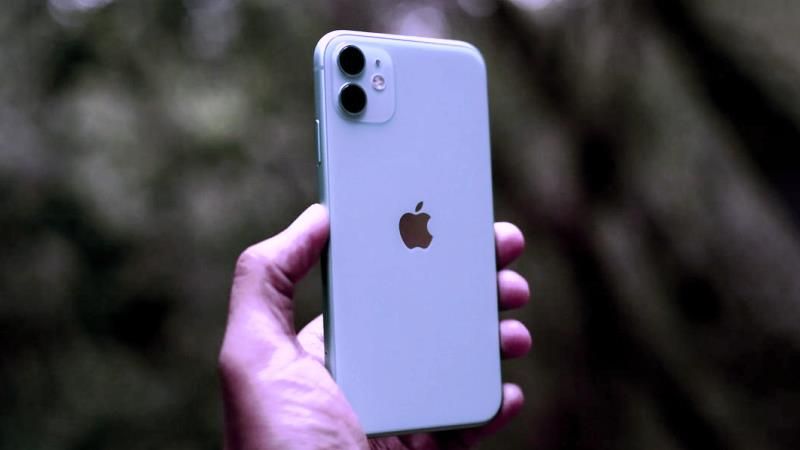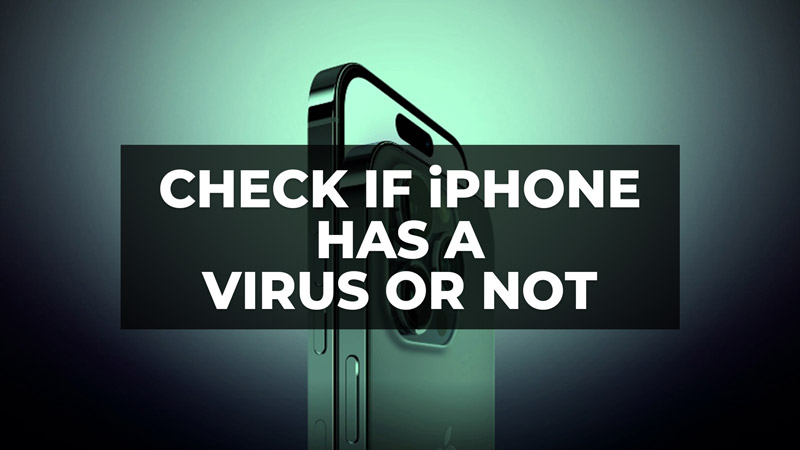It is possible that even iPhones can be affected by computer viruses. Although this is a more remote incident than what would happen with a Windows PC or an Android smartphone, one should never underestimate the dangers of the network and above all be able to understand when one’s iPhone has been infected. In this guide, I am going to tell you how to check if your iPhone has a virus or not in detail below.
How to Check if Your iPhone Has a Virus or Not (2023)

There are two situations in which an iPhone is more likely to be affected by a virus: if you have jailbroken your Apple smartphone or if you are in the habit of not updating the software to the latest versions. You must know that the jailbreak makes the phone more prone to attack by viruses, which are designed to take advantage of the “open” operating system.
There are some clues that can help you understand if your iPhone actually has a virus or not. Obviously, if you have jailbroken your smartphone, it is much more likely that the virus is present and therefore you need to start worrying.
- If you notice that apps have been installed on your smartphone that you didn’t download, then there could be a problem: perhaps malware has infiltrated your iPhone and you need to uninstall these unknown applications immediately.
- If you have also noticed that the apps you usually use tend to close frequently, it is very likely that the malware has already taken possession of your iPhone.
- Another unmistakable sign is the occurrence of an unexplained increase in data usage: this could mean that the malware is acting undisturbed and using the network for its own purposes.
- The same thing could also happen with telephone costs because malware hooks up to those very expensive telephone services that increase the bill.
What to do if there is a Malware in the iPhone?
- Check which apps you do not recognize as yours but which you have found on your smartphone: they are the result of the work of viruses and as such must be deleted immediately.
- Also, uninstall those apps that you downloaded on your own but around the same time you started noticing iPhone problems – that was probably the Trojan horse through which the malware entered the system.
- Clear your Safari history and all system data, as malware may be lurking there. You can proceed very simply by accessing Safari, selecting “Settings” and then the “Clear history” command.
- Lastly, the important steps to follow are obviously not to jailbreak your iPhone and to avoid downloading apps of unauthorized or uncertain origin, and these two simple steps should already put you out of harm’s way.
That is all you need to know about how to check if your iPhone has a virus or not. In the meantime, do not forget to check out similar types of guides here: How to Remove iPhone Calendar “Virus”, and How to Fix Unable to Activate iPhone Error After Installing iOS 16 Update.
